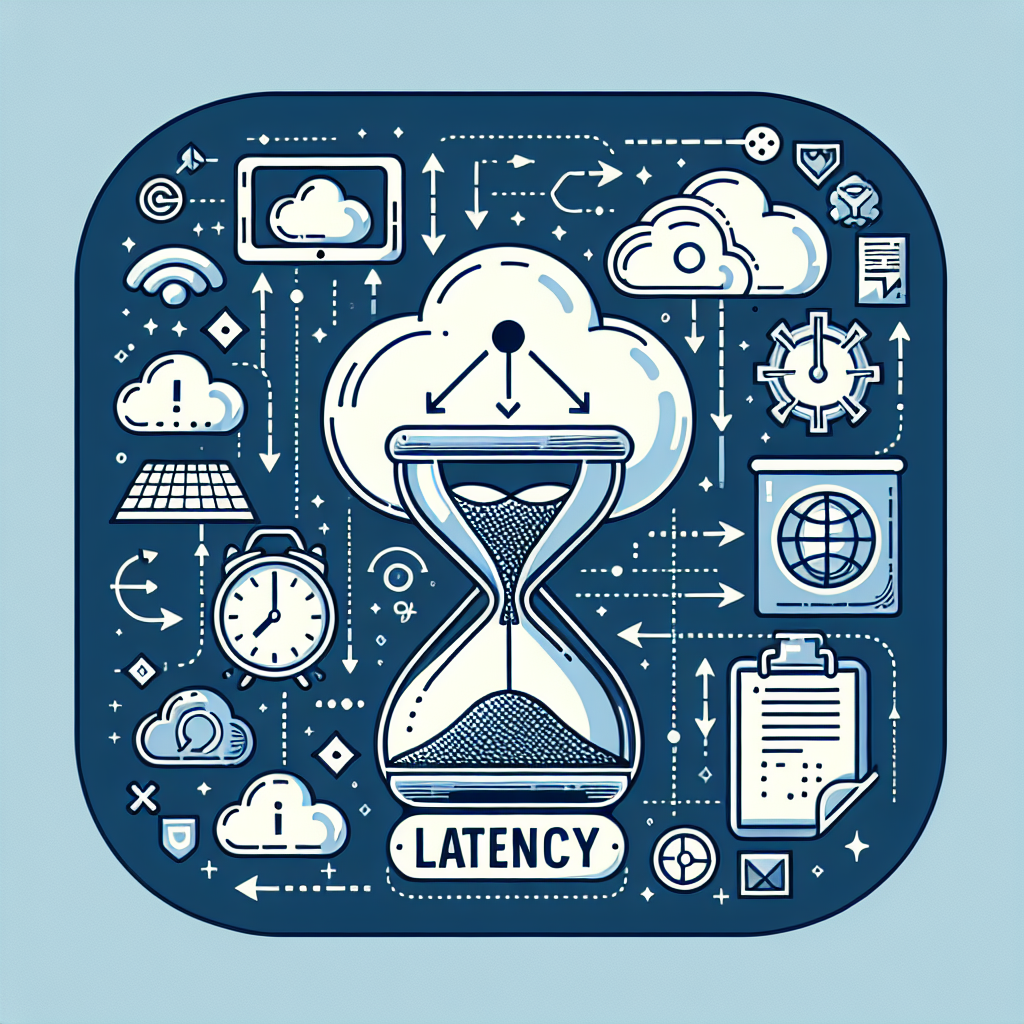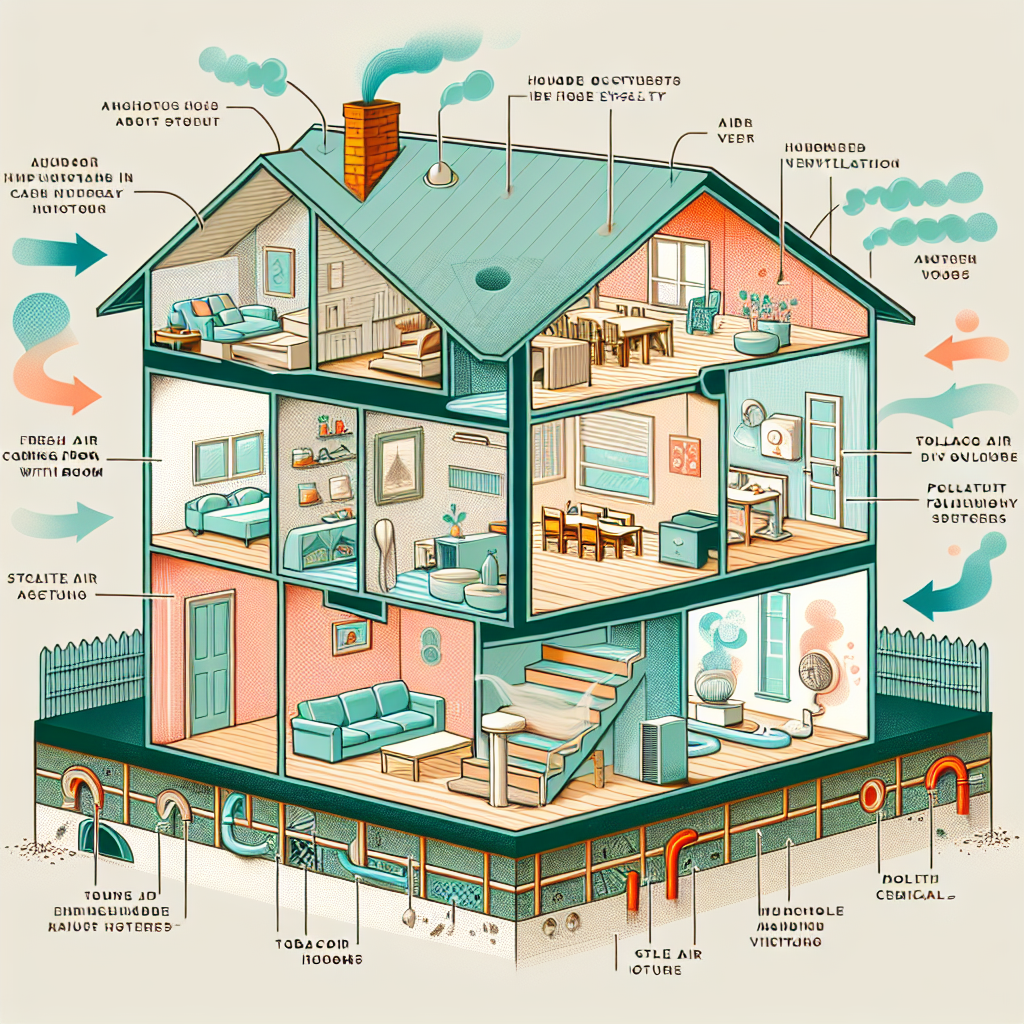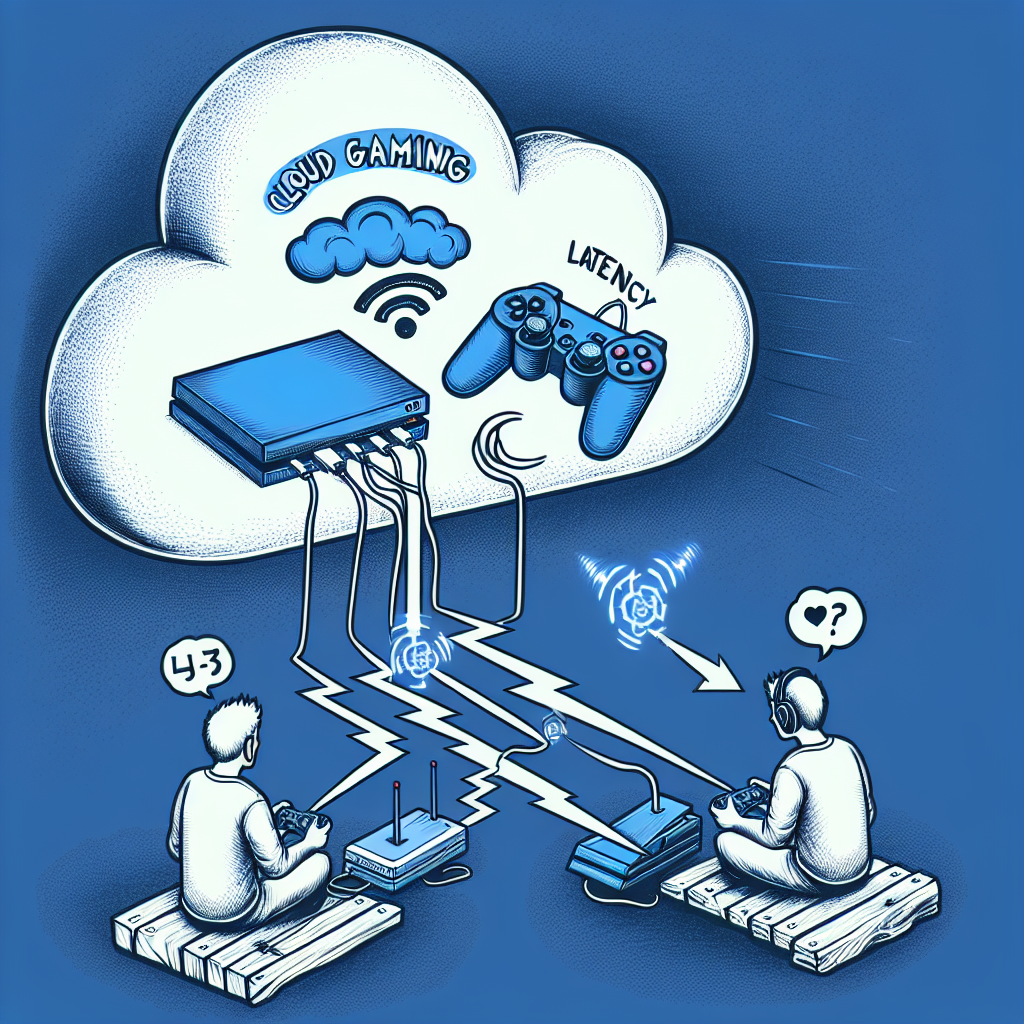Air conditioning is a common feature in many homes and buildings, providing relief from the heat and humidity during the summer months. While air conditioning can help maintain a comfortable indoor environment, it can also have an impact on indoor air quality and your health.
One of the main ways that air conditioning affects indoor air quality is through the circulation of air within a building. Air conditioning systems circulate air throughout a building, which can lead to the spread of pollutants and allergens. If the air conditioning system is not properly maintained, it can become a breeding ground for mold, bacteria, and other contaminants that can negatively impact indoor air quality.
In addition to the potential for circulating pollutants, air conditioning systems can also contribute to indoor air pollution through the use of chemical cleaners and air fresheners. These products can release harmful chemicals into the air, which can be harmful to your health if inhaled over a long period of time.
Another way that air conditioning can affect indoor air quality is by reducing ventilation in a building. When an air conditioning system is in use, windows and doors are often kept closed to maintain a consistent temperature. This lack of ventilation can lead to a buildup of indoor air pollutants, such as volatile organic compounds (VOCs) and carbon dioxide, which can have negative effects on your health.
Poor indoor air quality can have a range of negative health effects, including respiratory issues, allergies, and headaches. Long-term exposure to indoor air pollutants can also increase the risk of developing chronic health conditions, such as asthma and heart disease.
To improve indoor air quality and protect your health, there are several steps you can take. Regular maintenance of your air conditioning system is essential to ensure that it is functioning properly and not contributing to indoor air pollution. Additionally, using natural cleaning products and avoiding the use of chemical air fresheners can help reduce indoor air pollutants.
Opening windows and doors when weather permits can also help improve ventilation and reduce indoor air pollutants. Investing in an air purifier can also help remove pollutants from the air and improve indoor air quality.
In conclusion, while air conditioning can provide relief from the heat, it is important to be aware of how it can affect indoor air quality and your health. By taking steps to improve indoor air quality and reduce exposure to pollutants, you can create a healthier indoor environment for you and your family.









